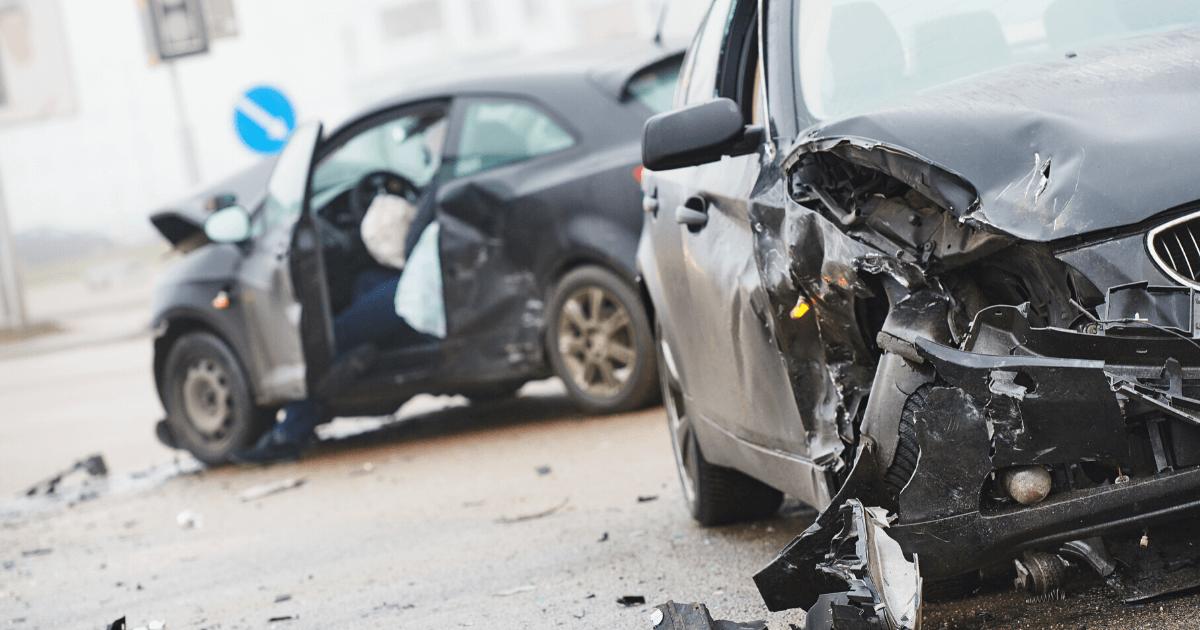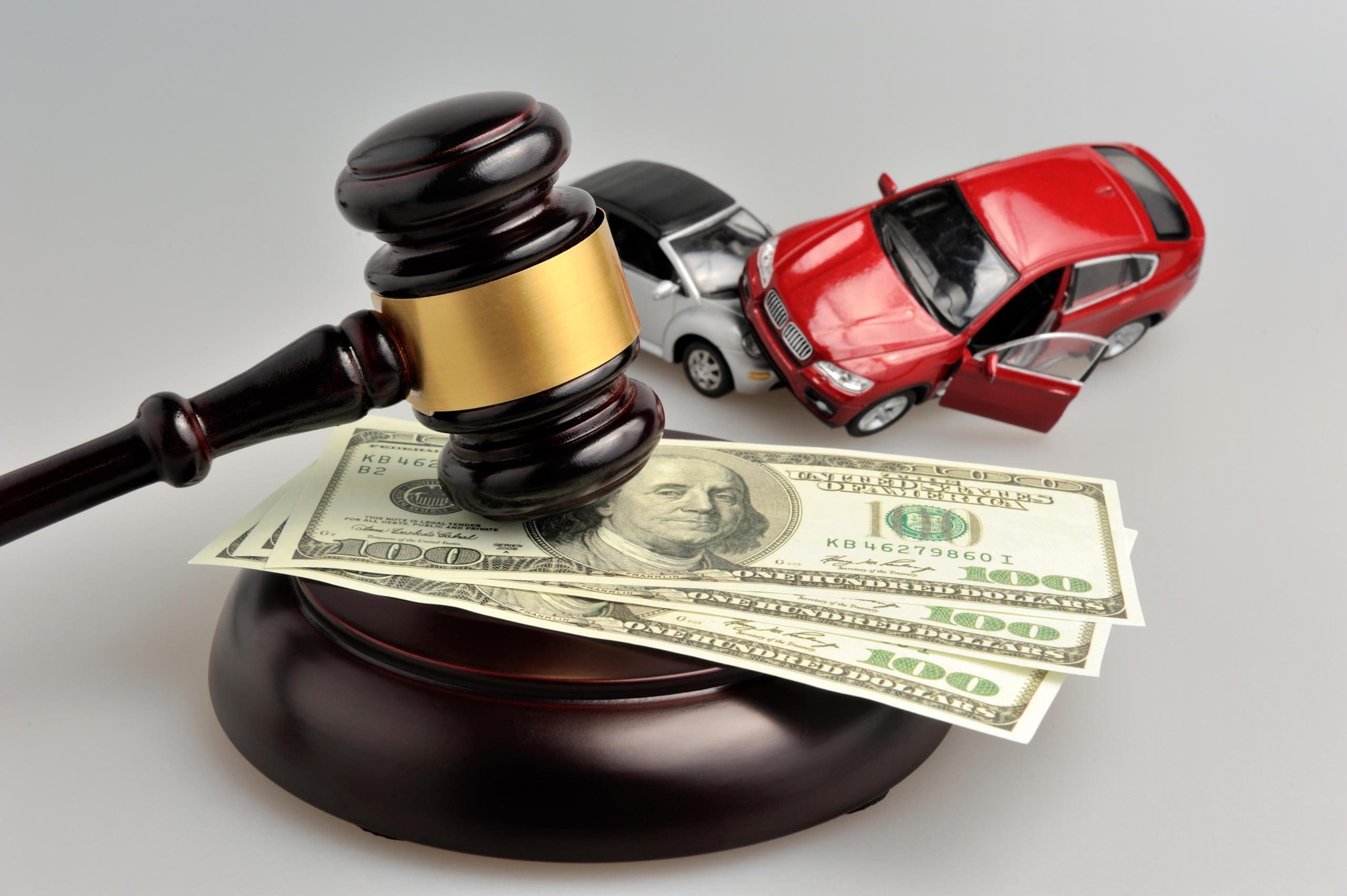How Seat Belt Laws and Requirements Have Reduced Traffic Fatalities
Seat belt laws and regulations that allow traffic stops if a driver is seen without a seat belt decrease the death rates in motor vehicle crashes.
According to a study that analyzed the number of fatalities from 2001 to 2010 due to motor vehicle crashes, states that passed and implemented seat belt laws had death rates 17% lower than states with secondary seat belt laws, which only allow tickets in conjunction with other violations.
Lead researcher Dr. Lois Lee from Boston Children’s Hospital stated, “If a person thinks they are unlikely to be ticketed for any reason when in a car, then they also think odds they would get cited for not wearing a seat belt would be extremely low.”
Statistics Regarding Motor Vehicle Crashes
According to Reuters, a fatality rate of 14.6 per 100,000 people was recorded in 2001. During that year, 16 states had primary seat belt laws and 33 had secondary seat belt laws.
By 2010, 30 states had primary seat belt laws, and the fatality rate had dropped to 9.7 per 100,000 people.
This suggests the percentage of accidents involving no seat belt significantly decreased in states with primary laws compared to those with secondary laws. Also, states with primary laws pushed people who tend to not fasten their seat belts (e.g. men drivers under 24) to buckle up.
Dr. Lee further stated, “The take home message is, regardless of what type of law your state has, you and all your passengers should wear a seat belt every time with every ride in the car since seat belts are the most effective means of decreasing injury and death in the event of a car crash.”
Limitation of Previous Research
In Annals of Internal Medicine, researchers admitted that the study didn’t have statistics regarding deaths that happened after a period of 1 month after the crash. Also, information about how strict the enforcement of seat belt laws was remains unknown.
How can seat belt use be encouraged?
- More traffic stops
- Steep fines for tickets
According to Reuters, previous research has already demonstrated that seat belt use increased by roughly 10 percent when states move from secondary to primary seat belt laws.
Blog












